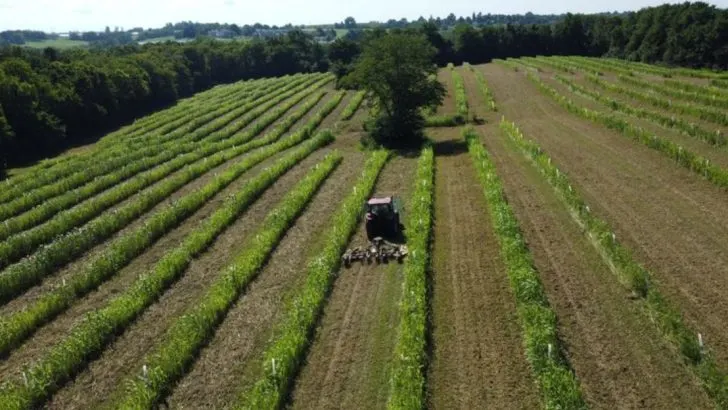Agroforestry is a sustainable land management approach that combines trees, crops, and livestock to create healthier and more productive ecosystems. By integrating trees into agricultural landscapes, farmers and gardeners can improve soil fertility, enhance biodiversity, and increase resilience to climate change.
Unlike traditional farming, agroforestry mimics natural ecosystems, reducing the need for chemical inputs while promoting water conservation and carbon sequestration. This method not only benefits the environment but also enhances crop yields and long-term land sustainability.
Discover how agroforestry practices can help you create a more resilient, productive, and eco-friendly farm or garden!
Alley Cropping
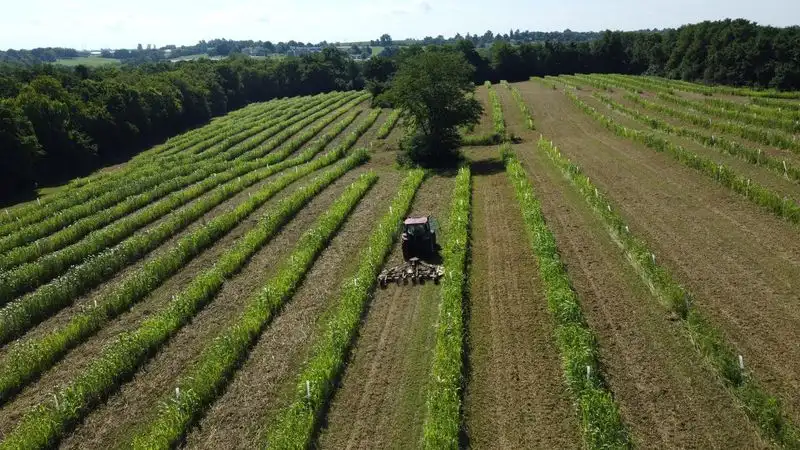
Imagine walking between rows of thriving trees, while beneath your feet, crops flourish. This is the essence of alley cropping, a method that intersperses rows of trees with crops. Trees provide shelter for the crops, reducing wind erosion and helping maintain temperature levels. Farmers choose trees like poplar or willow for their fast growth and compatibility with crops. Consider the added value: trees can be harvested for timber or fruit, providing extra income. A mix of strategic planning and creativity makes alley cropping a rewarding endeavor. Why not give it a try in your fields?
Silvopasture
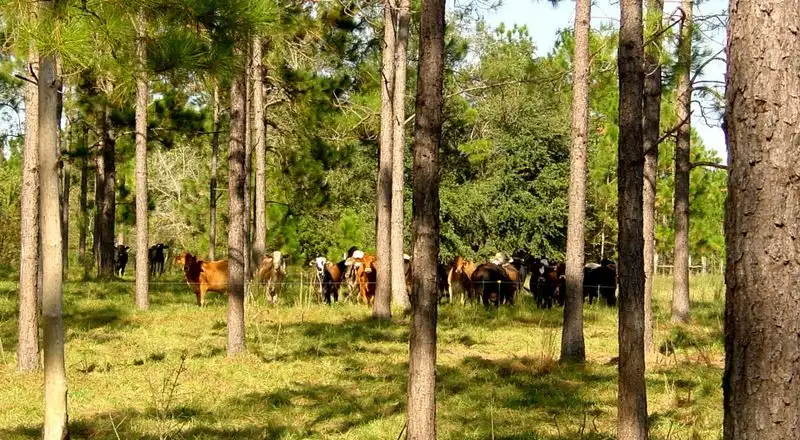
Step into a serene landscape where livestock graze under the protective canopy of trees. Silvopasture blends forestry and grazing, offering the dual benefits of shelter and fodder for animals. Trees like oaks or pines enhance soil quality and provide shade, reducing heat stress on livestock. The trees’ leaves and seeds can serve as supplementary feed. This harmonious blend brings economic benefits, as timber and livestock can be marketed concurrently. Silvopasture embodies a balanced approach, improving animal welfare while maintaining ecological health. Imagine the possibilities of such a system on your farm.
Windbreaks
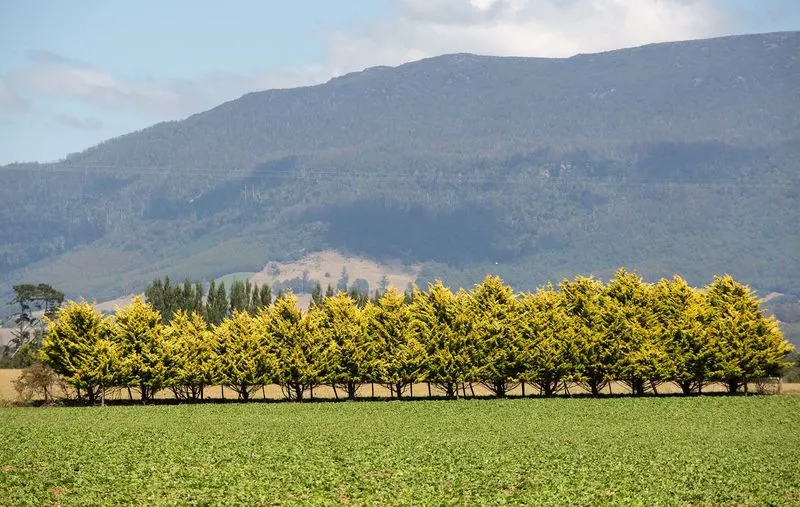
Picture a line of stalwart trees standing as guardians of the crops behind them. Windbreaks serve as natural barriers against the harsh winds that can damage delicate plants. By reducing wind speed, they help in conserving soil moisture and preventing erosion. Species like evergreens are popular choices for their year-round foliage. Besides protecting crops, windbreaks can offer habitat for wildlife, enhancing biodiversity in the area. This simple yet effective practice can transform vulnerable fields into resilient havens. Your farm, too, could benefit from the protective embrace of a well-placed windbreak.
Riparian Buffers
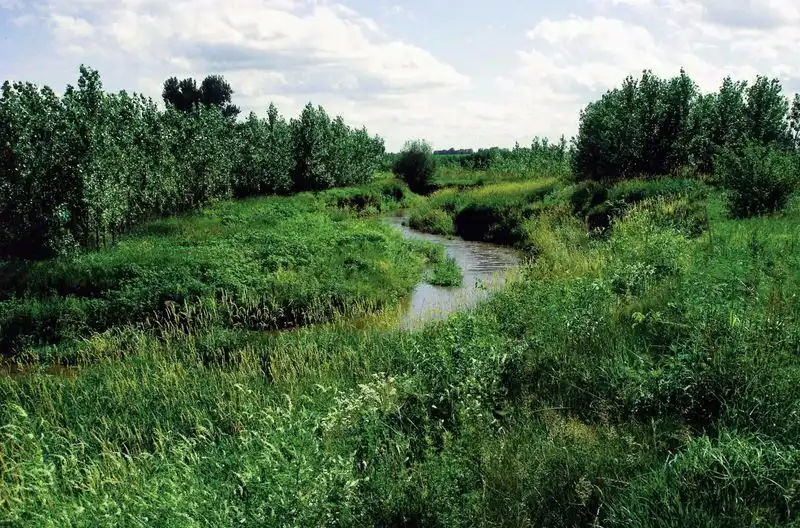
Along the banks of rivers lie riparian buffers—a tapestry of trees and shrubs that protect waterways from agricultural runoff. These buffers filter pollutants, improve water quality, and prevent soil erosion. Native plants are often used for their adaptability and ecological benefits. Beyond protection, they provide habitats for aquatic and terrestrial species, enriching biodiversity. Incorporating riparian buffers into farmland supports both environmental health and agricultural productivity. Imagine the sight of crystal-clear waters flowing beside lush, green banks. With riparian buffers, healthy ecosystems and farming success go hand in hand.
Forest Farming
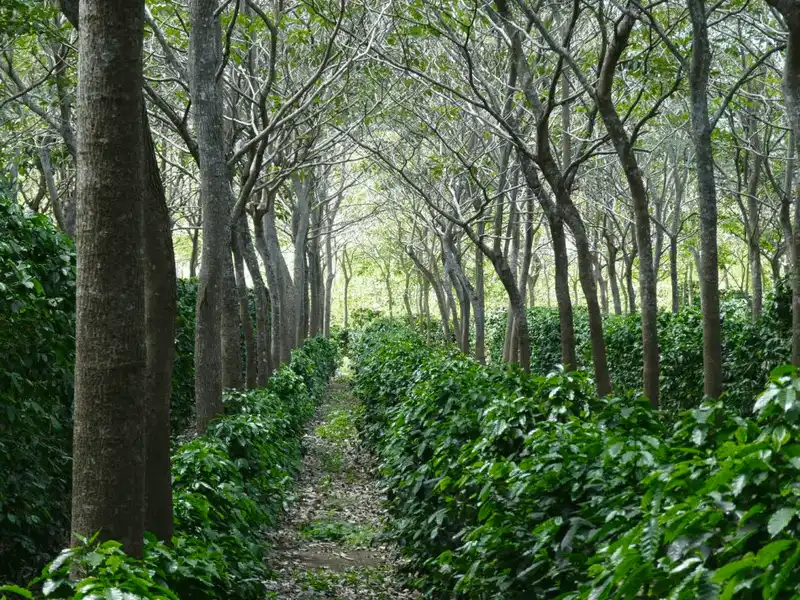
Step into a woodland where the shade nurtures unique crops beneath towering trees. Forest farming is about cultivating non-timber products—such as mushrooms, medicinal herbs, or nuts—under a forest canopy. This practice utilizes the natural forest environment to grow high-value crops that thrive in shade. Farmers benefit from diversified income streams while conserving forest ecosystems. It’s a harmonious blend of agriculture and forestry, where biodiversity flourishes. For those with wooded land, forest farming offers a sustainable option to enhance productivity without clearing trees.
Agroforestry with Fruit Trees
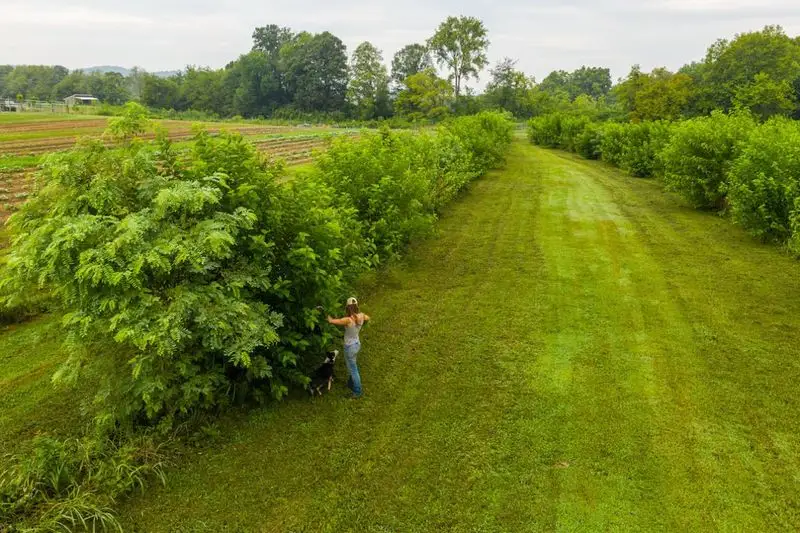
Envision a fruitful partnership between trees and crops, where each benefits from the other. Planting fruit trees alongside crops offers mutual advantages: trees provide shade and enhance soil moisture, while their fruit adds to farm income. Apples, pears, and plums are common choices, valued for their market appeal and compatibility. This practice enhances biodiversity, attracting pollinators and beneficial insects. Carefully selecting tree and crop combinations ensures a symbiotic relationship, boosting overall productivity. A diverse, integrated system like this offers not just sustenance but sustainability.
Taungya System
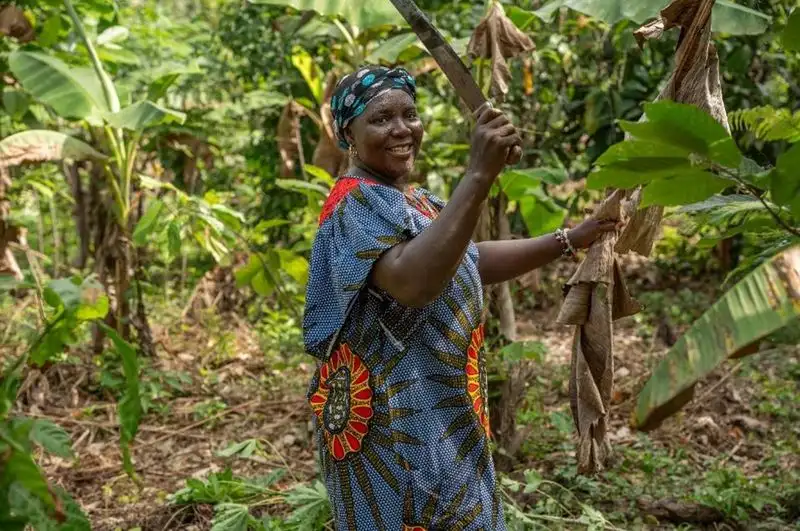
In the Taungya system, communities collaborate to cultivate crops among young forest plantations. This approach, rooted in tradition, supports reforestation while providing agricultural yields. Teak or mahogany is often chosen for its economic value and growth traits. Farmers tend the crop, benefiting from the land before trees mature. The system fosters community involvement, transferring knowledge and skills through generations. It’s a partnership between people and nature, ensuring both thrive. The Taungya system exemplifies how cultural heritage and sustainable practices can unite to benefit land and livelihoods.

